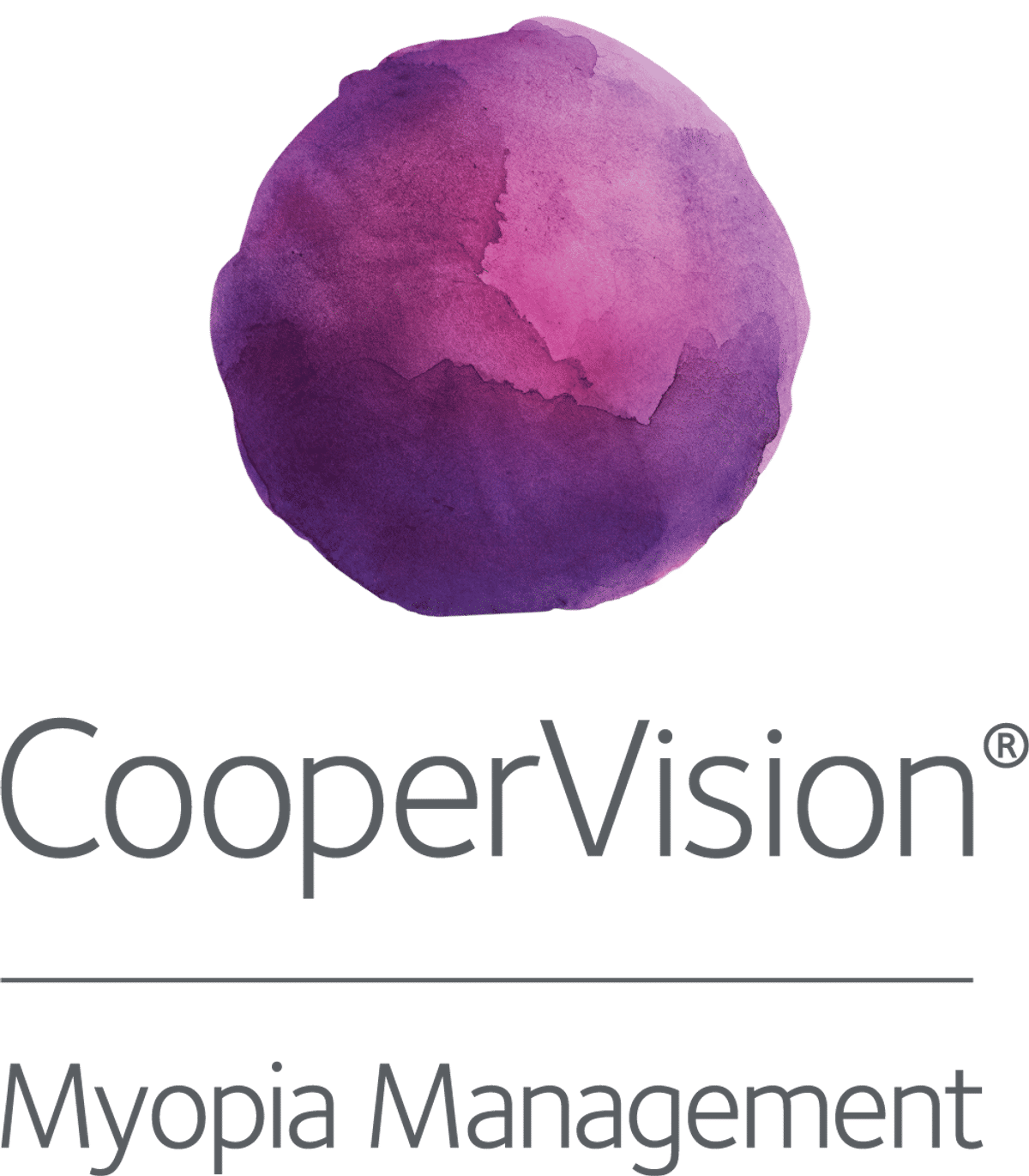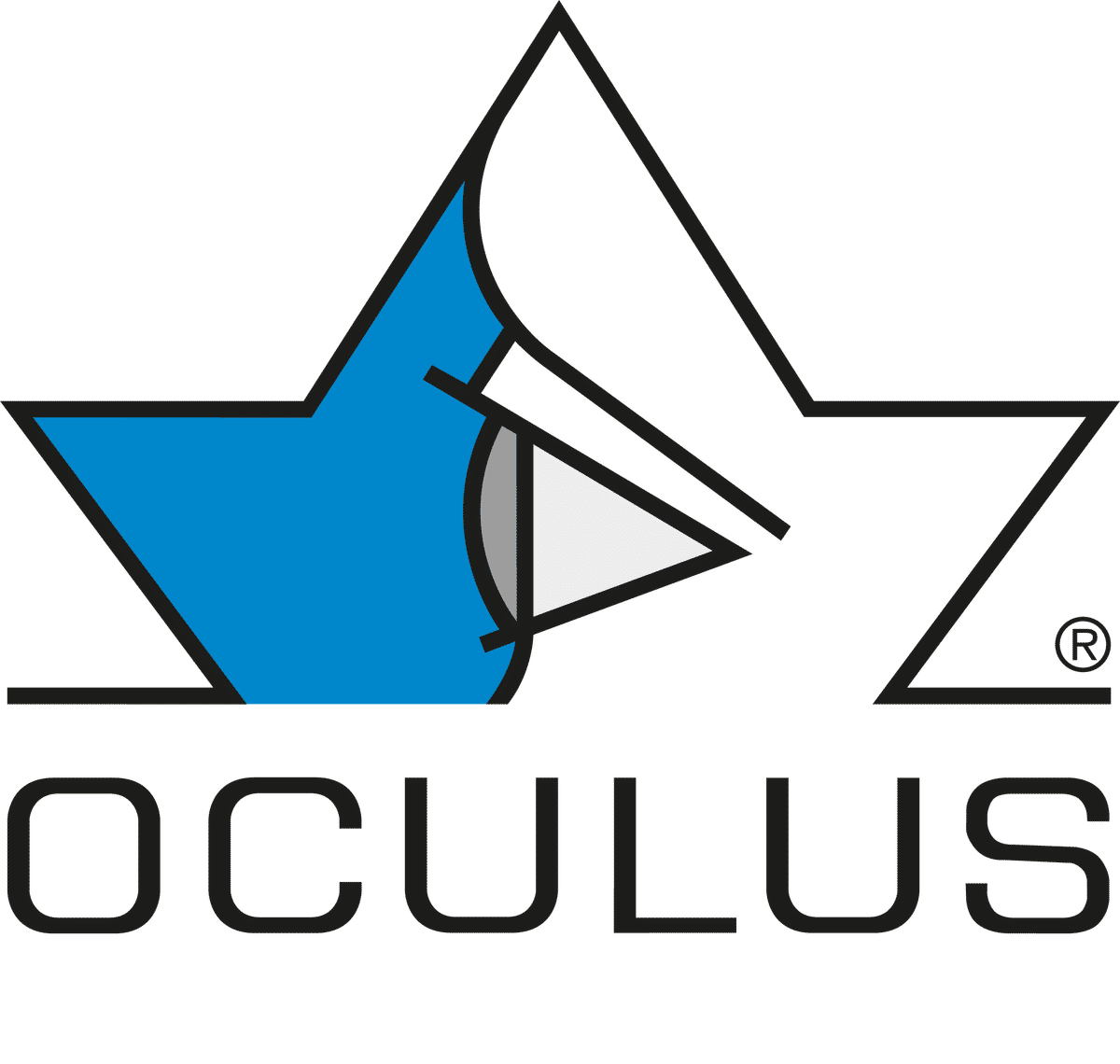Science
Digital screen time and myopia: how much is too much?

In this article:
This study analysed over 335,000 participants to examine how much screen time increases myopia risk. Risk rose sharply between 1 to 4 hours daily, with each extra hour linked to 21% higher odds. A safer threshold may be under 1 hour of digital screen exposure per day.
Paper title: Digital Screen Time and Myopia: A Systematic Review and Dose-Response Meta-Analysis
Authors: Ha, Ahnul (1,2), Lee, Yun Jeong (3), Lee, Marvin (4), Shim, Sung Ryul (5), Kim, Young Kook (6,7,8)
- Department of Ophthalmology, Jeju National University Hospital, Jeju-si, Korea
- Department of Ophthalmology, Jeju National University School of Medicine, Jeju-si, Korea
- Department of Ophthalmology, Chungnam National University Hospital, Daejeon, Korea
- Allbarun Eye Clinic, Suwon-si, Korea
- Department of Biomedical Informatics, College of Medicine, Konyang University, Daejeon, Korea
- Ranelagh Center for Biosocial Informatics, Seoul National University College of Medicine, Seoul, Korea
- Department of Ophthalmology, Seoul National University Hospital, Seoul, Korea
- Trinity Biomedical Sciences Institute, School of Biochemistry and Immunology, Trinity College Dublin, The University of Dublin, Dublin, Ireland
Date: Published online February 21, 2025
Summary
The widespread use of digital devices has introduced new forms of near-work that may be contributing to earlier onset and faster progression of myopia. Previous research on the association between digital screen time and myopia has produced inconsistent findings, with limited insight into how exposure influences risk. Some studies have attempted to isolate which types of screen time are more harmful than others, with smart devices (smartphones and tablets), computers and television exposure, investigated separately. Another key knowledge gap is the lack of a dose-response analysis between screen time and myopia risk
This was a systematic review and dose-response meta-analysis (DRMA) that covered 45 studies and 335,524 total participants (mean age 9.3years) to evaluate the association between digital screen time and myopia and identify a safety threshold for exposure. Screen time exposure from multiple device types (including smartphones, tablets, gaming consoles, computers, and televisions) were analysed and associations with myopia prevalence, incidence, and progression were evaluated.
Key findings were as follows.
- Each additional hour of daily screen time was associated with higher 21% odds of myopia (OR 1.21).
- Risk of myopia increased significantly from 1 hour of daily screen time (OR 1.05) to 4 hours per day (OR 1.97).
- Beyond 4 hours per day, the rate of odds increase slowed, revealing a sigmoidal pattern
- The analysis indicates a possible safety threshold of less than 1 hour of daily digital screen time
What does this mean for my practice?
The findings suggest that myopia risk increases steadily with screen exposure, particularly between 1 and 4 hours per day. While the analysis seems to identify a safety threshold of 1 hour of daily screen time, this may not be practically applicable advice, in light of a child’s educational and social circumstances. Nonetheless, this benchmark provides a useful starting point for clinical conversations. Rather than eliminating screen time, the goal should be to minimise the overall duration of near work activities, while also encouraging regular breaks, and promoting outdoor time.
Learn how screen time and traditional forms of near work differ in myopia risk here
In contrast with some previous studies, digital screen time appears to be associated with myopia when accounting for combined screen use, rather than use of a sole device. This serves as a reminder that a child can be exposed to many different forms of digital devices, as well as other near work activities, such as reading and writing. Collectively, these can all contribute to the risk of myopia. Families should consider that with the widespread adoption of smart devices globally, exposure is unavoidable and moderating screen use is only effective to an extent.
Read more about how a child’s visual environment affects myopia here
What do we still need to learn?
This study identified several limitations. Some of the included studies did not use objective measures to assess myopia, which may affect the reliability of outcomes. There were differences in how studies accounted for other influencing factors such as genetics, environment, and lifestyle. The overall certainty of evidence was rated as low due to high variability between studies.
Therefore, the proposed 1-hour safety threshold should be considered as a general guide rather than a definitive cut-off.
Lastly, because most studies included in the review were cross-sectional, causality could not be established. Therefore, screen time was not tracked over time and repeated measures were not taken, making it difficult to understand how patterns of use might change over time. In the future, longitudinal studies will assist in determining causality and identify trends in digital screen time exposure over time.
Abstract
Title: Digital Screen Time and Myopia: A Systematic Review and Dose-Response Meta-Analysis
Importance: The association of digital screen time with myopia has been documented, but the dose-response association and safe exposure threshold remain unclear.
Objective: To evaluate the dose-response association of time spent on digital screens with myopia risk.
Data sources: PubMed, EMBASE, Cochrane Library databases, CINAHL, and ClinicalTrials.gov were searched for full-length articles from peer-reviewed journals without restrictions on study design, publication date, or language from inception to November 25, 2024.
Study selection: Primary research articles investigating the association of exposure to digital screen devices (ie, smartphones, tablets, game consoles, computers, or television) with myopia related outcomes (ie, prevalent or incident myopia and the rate of myopia progression) were identified by reviewers.
Data extraction and synthesis: Two independent reviewers extracted data using a standardized procedure in accordance with the Meta-Analysis of Observational Studies in Epidemiology (MOOSE) and Preferred Reporting Items for Systematic Reviews and Meta-Analyses (PRISMA) reporting guidelines. A random-effects, dose-response meta-analysis (DRMA) was utilized to examine the pattern of the association of screen time with myopia.
Main outcomes and measures: Increased odds of myopia per hour of daily screen time.
Results: In the linear DRMA of 45 studies with 335 524 participants (mean [SD] age, 9.3 [4.3] years), an additional hour of daily screen time was associated with higher odds of myopia (odds ratio [OR], 1.21; 95% CI, 1.13-1.30). The nonlinear DRMA of 34 studies with 314 910 participants also indicated higher odds of myopia with increasing screen time, ranging from 1 hour of daily exposure (OR, 1.05; 95% CI, 1.01-1.09) to 4 hours (OR, 1.97; 95% CI, 1.56-2.40). The dose-response curve showed myopia risk increasing significantly between 1 to 4 hours of daily screen time, and then rising more gradually after 4 hours.
Conclusions and relevance: In this systematic review and DRMA, a daily 1-hour increment in digital screen time was associated with 21% higher odds of myopia and the dose-response pattern exhibited a sigmoidal shape, indicating a potential safety threshold of less than 1 hour per day of exposure, with an increase in odds up to 4 hours. These findings can offer guidance to clinicians and researchers regarding myopia risk.
Meet the Authors:
About Ailsa Lane
Ailsa Lane is a contact lens optician based in Kent, England. She is currently completing her Advanced Diploma In Contact Lens Practice with Honours, which has ignited her interest and skills in understanding scientific research and finding its translations to clinical practice.
Read Ailsa's work in the SCIENCE domain of MyopiaProfile.com.
References
Enormous thanks to our visionary sponsors
Myopia Profile’s growth into a world leading platform has been made possible through the support of our visionary sponsors, who share our mission to improve children’s vision care worldwide. Click on their logos to learn about how these companies are innovating and developing resources with us to support you in managing your patients with myopia.












